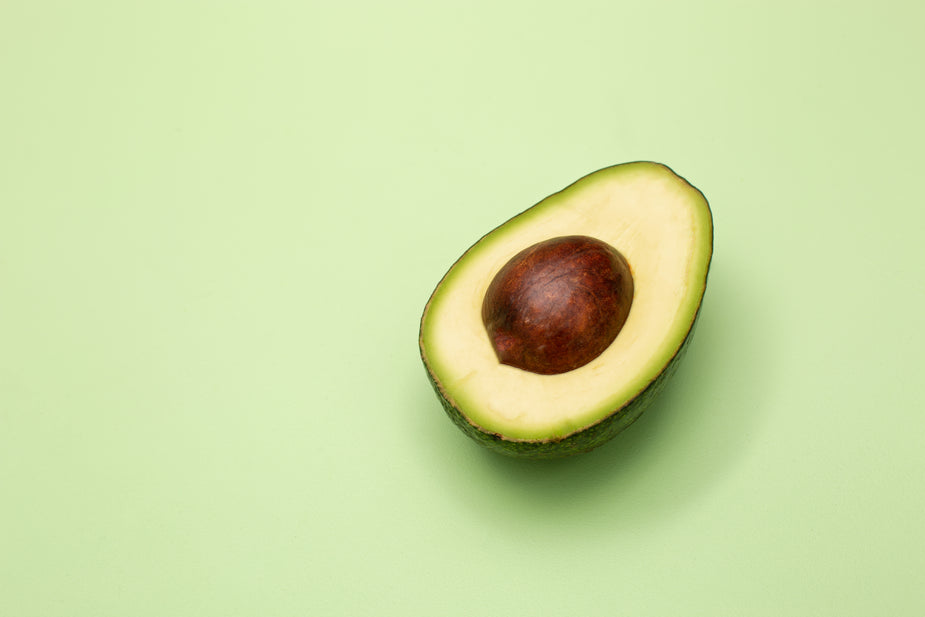Embrace Low Carb Living: Your Grocery Transition Guide
Overview
This blog provides a comprehensive guide to adopting a low carb lifestyle, including its benefits, essential grocery items, meal prep strategies, shopping tips, and delicious meal ideas. Key points cover understanding low carb living, creating a suitable grocery list focused on fresh produce, proteins, and healthy fats, and effective meal preparation techniques. Additionally, it emphasizes the importance of reading labels and building a support network for a successful transition.
Frequently Asked Questions
1. What is a low carb lifestyle?
2. What are the benefits of a low carb diet?
3. What foods should I focus on for a low carb grocery list?
4. How can I effectively prepare low carb meals?
5. What shopping tips can help me succeed on a low carb diet?
The journey towards a low carb lifestyle can seem daunting, especially when you're accustomed to traditional grocery shopping. However, with the right approach, transitioning to a low carb grocery lifestyle can be an exciting adventure filled with delicious food and newfound energy. In this article, we will explore simple steps to enhance your grocery shopping experience, provide practical low carb meal prep ideas, and highlight essential items that should find a home in your kitchen.
Understanding Low Carb Living
Before diving into the grocery aisles, it's important to understand what a low carb lifestyle entails. Typically, this means reducing your intake of carbohydrates, which can help with weight management, improve energy levels, and contribute to overall health. By focusing on nutrient-dense foods while minimising processed carbohydrates, you're setting the stage for healthier eating habits.
Benefits of a Low Carb Diet
The benefits of reducing carbohydrate intake extend beyond just weight loss. Some of the key advantages include:
- Weight Loss: Reducing carbs often leads to a natural reduction in calorie intake.
- Improved Blood Sugar Control: Lower carb intake can help manage blood sugar levels effectively.
- Enhanced Mental Clarity: Many report improved focus and clarity on a low carb diet.
- Increased Energy: The body becomes more adept at utilising fat for energy, providing a more stable energy source.
The Basics of Your Low Carb Grocery List
Transitioning to a low carb grocery lifestyle begins with a solid foundation: your shopping list. This list will guide you in selecting the right foods at the grocery store. Here’s a breakdown of key grocery categories to consider:
Fresh Produce
Fruits and vegetables are essential, but not all are suitable for a low carb diet. Here’s a selection of low carb-friendly options:
- Leafy Greens: Spinach, kale, and lettuce are excellent for salads and side dishes.
- Cruciferous Vegetables: Broccoli, cauliflower, and Brussels sprouts are versatile and nutrient-dense.
- Other Low Carb Veggies: Zucchini, bell peppers, and asparagus can add colour and flavour to your meals.
- Berries: When it comes to fruits, stick to berries like strawberries or raspberries in moderation.
Proteins to Fuel Your Day
The protein section is pivotal when shopping on a low carb diet. Consider the following choices that are both satisfying and versatile:
- Meats: Opt for grass-fed beef, chicken, turkey, and pork.
- Seafood: Fish and shellfish are excellent protein sources and can be low in carbs.
- Eggs: A staple in many low carb diets, eggs are cheap, versatile, and nutritious.
- Dairy: Full-fat dairy products like cheese and Greek yogurt are often lower in carbs while being rich in flavour.
Healthy Fats for Sustained Energy
When adopting a low carb lifestyle, healthy fats play a crucial role in providing energy. Incorporate these fats into your grocery list:
- Avocados: Packed with monounsaturated fats and fibre.
- Nuts and Seeds: Almonds, walnuts, flaxseeds, and chia seeds are excellent snack options.
- Cooking Oils: Choose oils like olive oil, coconut oil, and avocado oil for your cooking needs.
Reading Labels: The Key to Successful Shopping
Understanding food labels is vital in maintaining a low carb lifestyle. Look for food products with the following criteria:
- Net Carbs: Focus on items with the lowest net carbs. Subtract fibre from the total carbs to determine the net carb count.
- Ingredient List: Select foods that contain whole, recognisable ingredients and fewer additives.
- Serving Sizes: Be mindful of serving sizes; it's easy to underestimate the amount you're consuming.
Smart Strategies for Low Carb Meal Prep Ideas
Meal prepping is a fundamental practice for anyone transitioning to a low carb lifestyle. Here are some practical tips for effective meal prep:
Plan Ahead
Start each week by planning your meals. Decide on recipes that incorporate low carb ingredients and create a corresponding shopping list. This process reduces impulse purchases and ensures you have all the necessary ingredients on hand.
Batch Cooking
Cook large portions of low carb meals and divide them into individual servings. This approach not only saves time but also provides grab-and-go options. Soups, stews, and casseroles are excellent candidates for batch cooking.
Prep Snacks Wisely
Having low carb snacks on hand is essential to avoid reaching for unhealthy options. Consider prepping items like:
- Vegetable sticks with guacamole or hummus.
- Hard-boiled eggs for a quick protein fix.
- Nuts or nut butter for a filling treat.
Experiment with New Recipes
A low carb lifestyle doesn't mean sacrificing taste. Explore new recipes that celebrate low carb ingredients. This not only makes your meals exciting but opens up opportunities to try different cuisines.
Shopping Tips for Success
As you embark on your low carb grocery journey, keep the following tips in mind to streamline the process:
- Shop the Perimeter: Grocery stores typically place fresh produce, meats, and dairy around the edges, while processed foods tend to fill the aisles. Focus on the perimeter for healthier options.
- Avoid Temptations: Make a list and stick to it. Avoid wandering into aisles with high-carb temptations.
- Choose Whole Foods: Prioritise whole, unprocessed foods, which are often lower in carbs and higher in nutrients.
Building a Support Network
Transitioning to a low carb lifestyle can be challenging, and having a support system can make all the difference. Consider the following:
- Join Online Communities: Engage with forums, social media groups, or local meet-ups dedicated to low carb lifestyles.
- Share Recipes: Exchange low carb meal prep ideas with friends and family, creating a collaborative environment.
- Accountability Partner: Find a buddy who shares similar goals, allowing you to motivate and support each other on your journey.
Delicious Low Carb Meal Ideas for Inspiration
Let’s wrap up this guide with some tasty low carb meal ideas to inspire your weekly meal prep:
- Breakfast: Scrambled eggs with spinach and cheese, or a smoothie made with unsweetened almond milk, spinach, and berries.
- Lunch: Grilled chicken salad with mixed greens, avocado, and a vinaigrette dressing.
- Dinner: Baked salmon with asparagus and a side of cauliflower rice.
- Snacks: Celery sticks with nut butter or Greek yogurt with a sprinkle of cinnamon.
By curating your grocery list with low carb options in mind and embracing these low carb meal prep ideas, you are well on your way to transforming your relationship with food. Remember, the key is to take it one step at a time, experiment with new recipes, and enjoy the journey to a healthier you!




